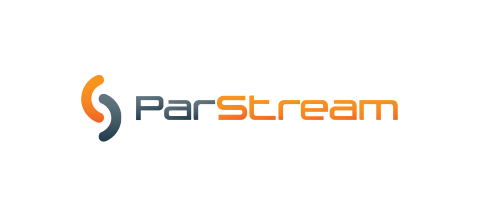The “Internet of Things,” connected car, big data and data analytics are all popular topics of the day. Although many companies talk about the capability of their existing analytics tools to be used in these markets, a company named Parstream has developed data analytics tools specifically for the IoT market. Instead of taking one-size-fits-all tools into the IoT space, the company – founded in 2008 to focus on database tools for big data – shifted its focus to IoT in 2014. A database is not the entire answer to this challenge, as big data, fast data transfer, edge analytics and real-time insights are needed.
In partnership with Dimensional Research, Parstream conducted a survey of IoT stakeholders on the topic of making the most out of IoT data and came back with some interesting results:
- Goals of implementing IoT: 53% to optimize existing business, 47% as a strategic business investment;
- Target audience for use of IoT: 51% for internal use, 54% to provide enterprise services, 42% to provide consumer services;
- Is IoT data important?: 86% say yes, 94% are challenged by how to collect and analyze this data, 8% feel they are doing a good job;
- Are IoT projects difficult to implement?: 96% have faced challenges, 58% had issues related to business process/policy, 51% had issues related to user adoption, 41% had issues related to data collection and analysis, and 40% had issues related to the IoT sensors or devices;
- Are better IoT data collection and analysis tools required?: 70% feel they would make better decisions if they have them, 86% believe the ROI on IoT will increase.
The Parstream solution addresses three topics: An edge device that works with applications that collect data from the “things;” a gateway to collect the data from these remote locations; and a range of analytics functionality that easily integrates with standard visualization tools.
A key differentiator is the ability to gather analytics at the edge of the network, where most of the IoT data is generated. According to ABI Research, over the course of 2014 IoT-connected devices captured 233 exabytes of data of which only about 10% was transferred to the cloud. In 2020, the annually captured total is forecast to exceed 1,600 exabytes, or an equivalent of 1.6 zettabytes. Transferring this level of data to the cloud in order to allow for proper analysis is not feasible and will require the functionality to do so at the edge of the network, where the data is initially collected.
In addition to enabling edge analytics, Parstream also enables geo-distributed analytics that allow for servers to be deployed in remote locations such as oil rigs or phone towers, and queries run from a central location. The video below showcases a live use-case for IoT analytics with Envision, a renewable energy firm.
As IoT deployments continue to take hold and more data is generated, it’s logical to envision there quickly becoming a bottle-neck in transferring this data back to a central cloud. Following the path of content delivery networks moving to the edge, why not do this in reverse with content – or in this case data – collection devices at the edge.
Like what you read? Follow me on twitter!
Claudia Bacco, Managing Director – EMEA for RCR Wireless News, has spent her entire career in telecom, IT and security. Having experience as an operator, software and hardware vendor and as a well-known industry analyst, she has many opinions on the market. She’ll be sharing those opinions along with ongoing trend analysis for RCR Wireless News.

